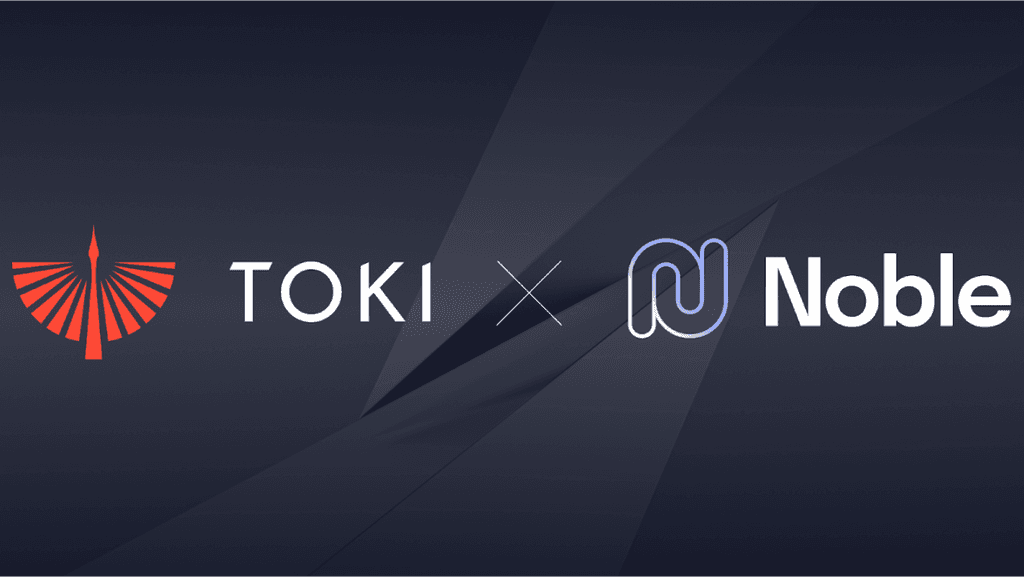Overview
Cross-chain bridges are essential components in the blockchain ecosystem, designed to facilitate interoperability between different blockchain networks. These bridges enable the seamless transfer of assets, such as tokens or non-fungible tokens (NFTs), and data between distinct blockchain platforms, overcoming the inherent limitations of individual blockchains.
How Cross-Chain Bridges Work
Cross-chain bridges operate by leveraging various mechanisms and cryptographic techniques to ensure the secure transfer of assets between blockchains. The most common mechanisms include:
-
Lock and Mint: In this process, tokens on the source blockchain are locked in a smart contract, and equivalent wrapped tokens are minted on the destination blockchain. When the wrapped tokens are sent back, they are burned, and the original tokens are unlocked on the source chain.
-
Burn and Mint: This method involves burning tokens on the source blockchain, effectively removing them from circulation, and minting an equivalent number of tokens on the destination blockchain.
-
Lock and Unlock: Tokens are locked on the source chain and an equivalent amount is unlocked from a liquidity pool on the destination chain.
-
Hash Locks and Time Locks: Utilizes cryptographic hash locks and time-based constraints to ensure the secure transfer of assets.
These mechanisms are often supported by smart contracts, oracles, and consensus mechanisms to validate and execute transactions across different chains, ensuring integrity and security in the process.
Types of Cross-Chain Bridges
Cross-chain bridges can be categorized based on various criteria:
- Trustless Bridges: Operate without a central authority, relying on cryptographic proofs and decentralized protocols (e.g., Hop, Connext).
- Trust-Based Bridges: Managed by a centralized entity, requiring users to trust the intermediary (e.g., Binance-Ethereum Bridge, Multichain Bridge).
- L1 : Connect Layer 1 blockchains like Ethereum and Solana (e.g., Wormhole Bridge).
- L1/L2 L2 Bridges: Facilitate transfers between Layer 1 and Layer 2 solutions (e.g., Arbitrum Bridge).
Benefits of Cross-Chain Bridges
- Increased Liquidity: By allowing assets to move freely between blockchains, bridges enhance liquidity and market access for tokens.
- Interoperability: Bridges enable different blockchain networks to communicate and interact, fostering collaboration and the development of cross-chain dApps.
- Risk Diversification: Users can distribute their assets across multiple blockchains, mitigating the risk associated with any single blockchain’s vulnerabilities.
- Lower Transaction Costs: Utilizing the unique features of different blockchains, bridges can offer more cost-effective transaction solutions.
Challenges and Security Considerations
While cross-chain bridges offer significant benefits, they also come with challenges:
- Security Risks: Bridges can be vulnerable to hacks and exploits, which have led to significant losses in the past. Ensuring the security of smart contracts and consensus mechanisms is crucial.
- Complexity: Implementing and maintaining cross-chain bridges require sophisticated technology and coordination between different blockchain protocols.
- Centralization Concerns: Trust-based bridges, in particular, can compromise the decentralization principles of blockchain technology by relying on a central authority.
Notable Examples of Cross-Chain Bridges
- Wormhole Bridge: Connects multiple blockchains including Ethereum, Solana, and Binance Smart Chain.
- Avalanche Bridge: Facilitates asset transfers between the Avalanche and Ethereum blockchains.
- Stargate Bridge: Utilizes LayerZero protocol for native asset exchanges across blockchains.
Specialized Cross-Chain Technologies
Inter-Blockchain Communication (IBC)
The Inter-Blockchain Communication (IBC) protocol, primarily used in the Cosmos ecosystem, allows for seamless interoperability between blockchains by facilitating the transfer of tokens and data across different blockchains. IBC leverages a hub-and-spoke model, where the Cosmos Hub acts as a central point connecting various zones (independent blockchains). This model enables low-latency, secure, and scalable interactions.
Polkadot’s Relay Chain and Parachains
Polkadot utilizes a unique architecture where a central Relay Chain coordinates the network and connects to multiple parachains (application-specific blockchains). Parachains communicate through Cross-Chain Message Passing (XCMP), enabling interoperability and shared security across the network. This design allows for diverse applications while maintaining a high level of security and scalability.
Avalanche Subnets
Avalanche employs a system of subnets, where each subnet can host its own blockchain with custom rulesets and virtual machines (e.g., EVM, WASM). Subnets facilitate interoperability both within and between different subnets and external blockchains via Avalanche Warp Messaging (AWM). This approach provides flexibility and high performance for decentralized applications.
Popular Cross-Chain Bridges
- Wormhole Bridge
- Across
- Avalanche Bridge
- Stargate Bridge
- Polygon Bridge
- Arbitrum Bridge
- Hop Protocol
- Connext
- Multichain (formerly Anyswap)
- Celer cBridge
See more bridges, here.







